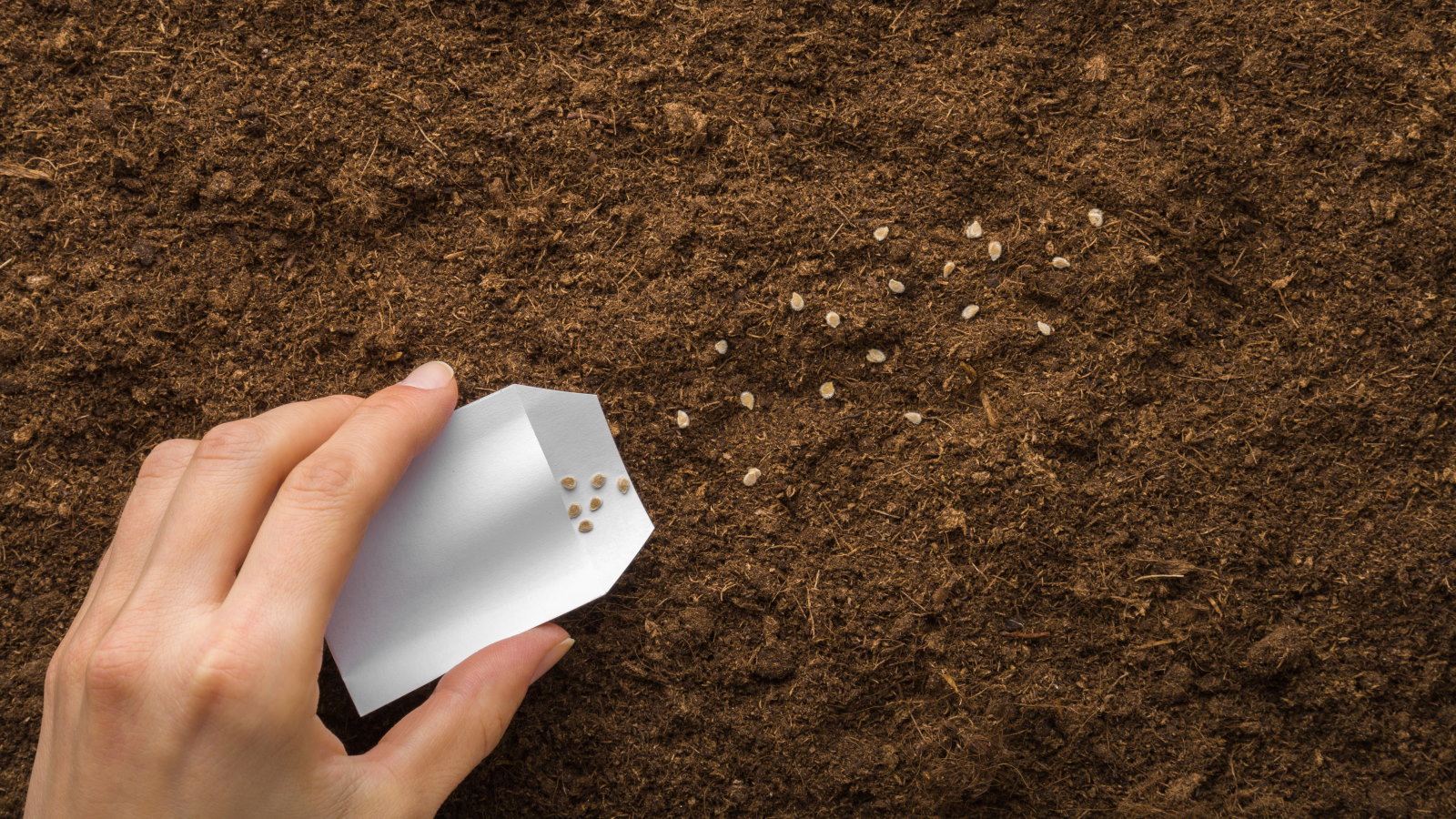
Gardeners are being urged to put lavender in their gardens this spring for a very important reason. The iconic purple flowers are actually native to the Mediterranean but they have become a staple feature of British gardens, notable for their striking purple colour and powerful trademark scent. But as well as being nice to smell and to look at, they also perform a really vital role in gardens , arguably more vital than ever.
Lavender is beloved by bees and bumblebees. On a warm day, it’s not uncommon to see as many as a dozen bees and bumblebees flitting in and out of a bunch of lavender flowers, collecting pollen to turn into honey. Gardening expert Fiona Jenkins at MyJobQuote.

co.uk suggested ways to attract bees to your garden - including planting lavender. She said: “Belonging to the mint family, the lavender genus of plants is native to countries bordering the Mediterranean but is common in many UK gardens.
“They are a popular choice in herb gardens for their fragrant leaves and attractive flowers. Lavender is a natural source of pollen, which is critical for the health and survival of bees. “Bees are naturally drawn to the purple colour of lavender , the beautiful fragrance it gives off, and the nectar it provides - making it an ideal choice for attracting pollinators.
” Bee numbers are seriously under threat worldwide, including in the UK. That’s because climate change, as well as habitat loss, and the use of pesticides and insecticides, has crippled bee populations. This is seriously bad news because of the vital role bees play in the food chain, along with other pollinators like wasps, butterflies and flies.
If pollinators die off, we can’t grow food any more. Friends of The Earth say about bees: “Britain’s bees are in trouble. 35 UK bees species are under threat of extinction, and all species face serious threats.
Pesticides are one of the key threats to bees. “The decline in bees' diversity and abundance would have a serious impact on how the natural world functions, including our crops. Bees pollinate much of the food that makes our diets healthy and tasty – from the apple in our lunchbox, to the tomatoes on our pizza.
“The biggest single cause of bee decline is the intensification of farming. This is compounded by the increased use of pesticides, especially neonicotinoids, which is having a devastating impact on wild bees. Shifts in the seasons are disrupting flowering times and the availability of food, shelter and nesting sites.
Climate change also brings extremes of drought, heavier rainfall and flooding. Bees and pollinating insects are struggling to survive.".















